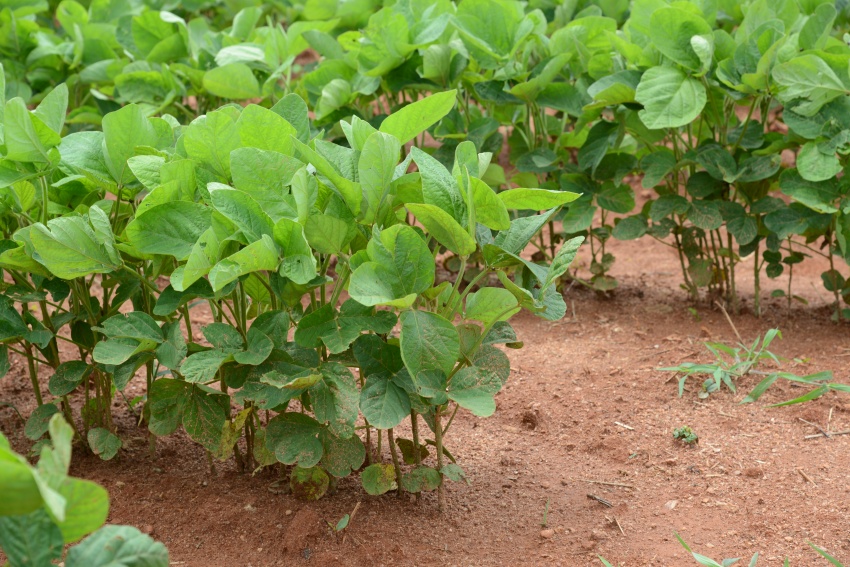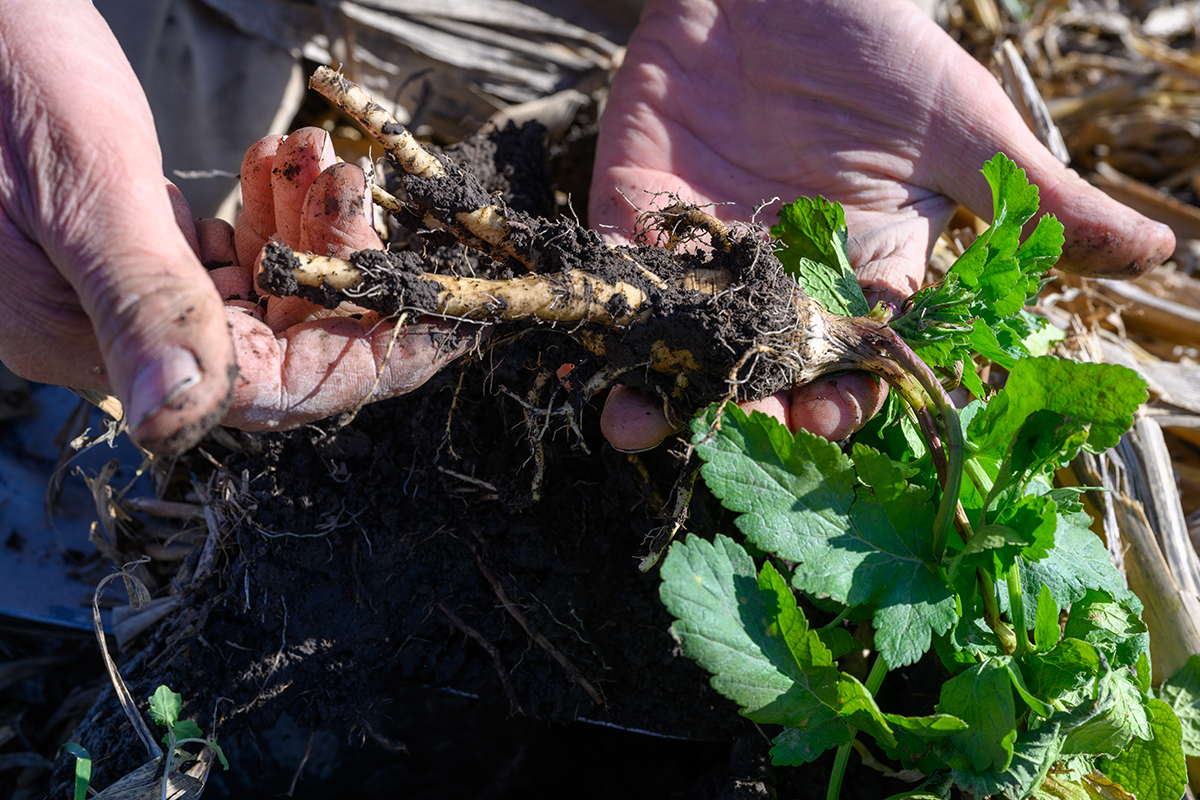Choose Your Lime Wisely

Soil pH can make or break a crop; don’t fall for the quick fix
There are several options when it comes to selecting and applying lime on your fields. University of Kentucky Soil Management Specialist Josh McGrath discussed the importance of soil pH and using quality lime materials to get the expected results in a Focus on Soybean webcast.
Soil pH influences the nutrient availability in your fields. Soils tend to become acidic over time, so most farmers in the United States apply lime to maintain an optimum pH for their crops.
“The best way to tell whether or not you need to lime a soil is to have a soil test performed,” says McGrath. “Have your samples analyzed for both pH and lime requirement (often reported as the buffer pH). Soil pH measures the active acidity, but it doesn’t give any indication of how much lime is needed.”
There are lots of liming materials available on the market, but it’s important that you choose the lime that is best for your farm. One of the most important things to consider when selecting your liming material is the lime’s neutralizing value. The neutralizing value measures the liming material’s ability to boost soil pH. This is calculated by determining the lime’s calcium carbonate equivalent (CCE), which provides the purity of a liming relative to calcium carbonate (CaCO3), a type of lime. The CCE is normally measured as a percentage, with 100% being equivalent to the neutralizing ability of pure CaCO3. Keep in mind that the CCE can be greater than 100%.
In addition to the CCE, liming materials are rated on their fineness factor, or the size of the particles. The fineness factor gives you an idea of how long and how fast the lime will be active in the soil. Smaller particles (a high fineness factor) will dissolve more quickly in the soil than large particles, giving a quick, short-lived boost in pH. Larger particles will dissolve more slowly, gradually increasing the soil pH. Consult with your fertilizer supplier or local extension agent to learn more about the CCE, fineness factor, and neutralizing value of your selected liming materials.
Are there alternatives to traditional ag lime on the market?
One alternative to traditional liming material is liquid lime, which is composed of a high-quality lime (high CCE) with a small particle size (high fineness factor) that dissolves easily in water (high neutralizing value). This method is promoted as being fast-acting and easy to apply. But, as McGrath points out, liquid lime contains less lime per ton than more traditional liming materials, since it is dissolved in water.
“Liquid lime has some distinct advantages, but it also has some distinct disadvantages, such as it’s going to take a lot of material, and maybe multiple trips, to get the amount of carbonate that you need,” says McGrath. “It’s a good liming product, but you should use a soil test recommendation to determine if it will be cost effective.”
Calcium chloride (CaCl2) is another alternative to traditional agricultural lime on the market. Analyzing the chemical makeup, McGrath proves all calcium chloride lime marketing claims to be false.
“It’s often the case that the buyer should beware of salesmen making claims that are too good to be true,” says McGrath. “There is no substitute for lime. There are many types of lime, but it’s the oxide, hydroxide, carbonate or silicate that removes the hydrogen ions from the soil solution and raises the soil pH, not the calcium. Calcium chloride will dissolve in solution, but will not react with the hydrogen ions in the soil.”
The bottom line
Take soil samples and have them tested for pH levels and the subsequent liming recommendation to neutralize the pH. Find the liming material that works best for your fields and is the most cost effective by calculating the neutralizing value of the product and the rate you will need to apply. Keep in mind that using a fast-acting product does not mean that you will need less lime to reduce soil acidity; for best results, be sure to use the full recommended rate based on your soil test.



